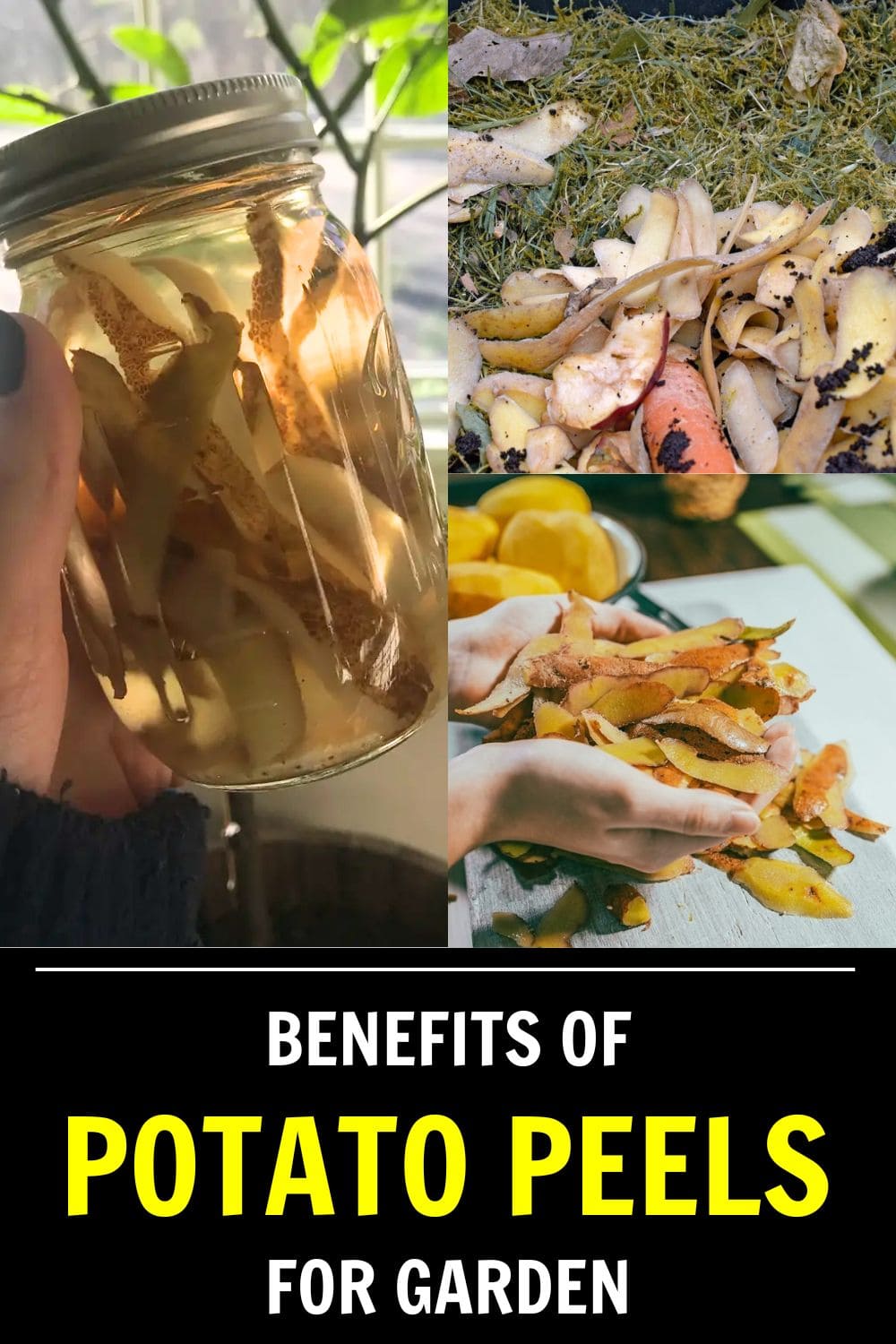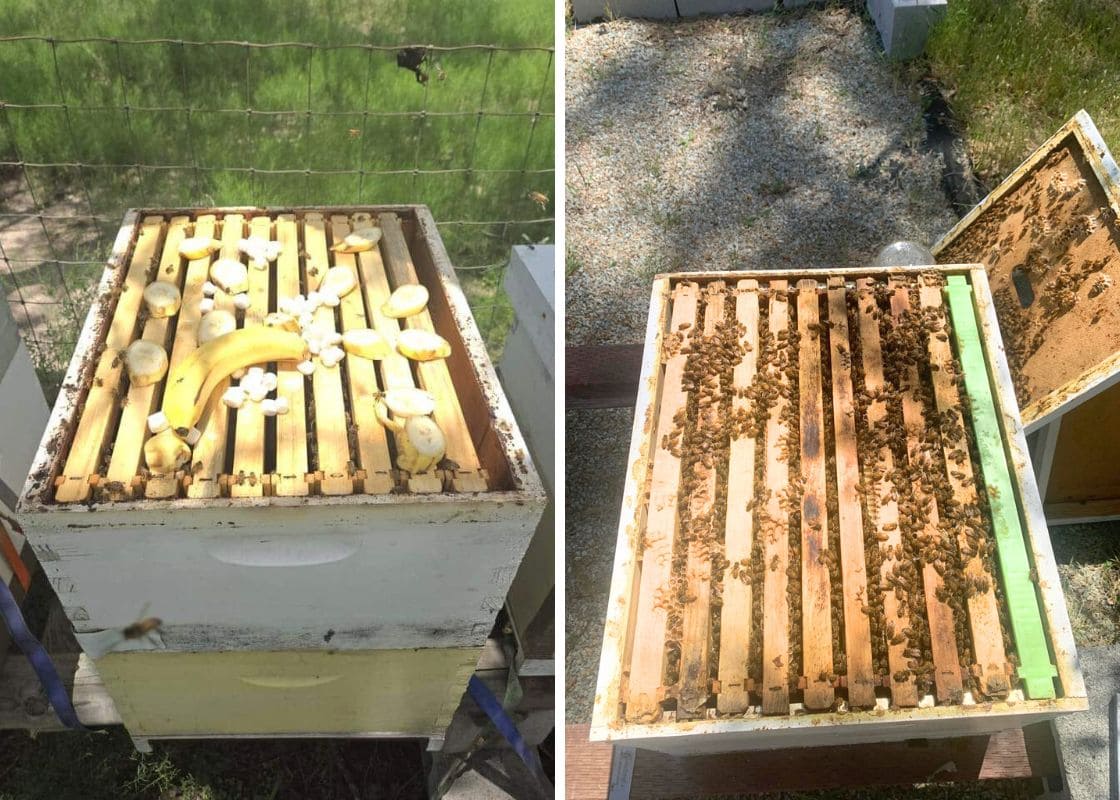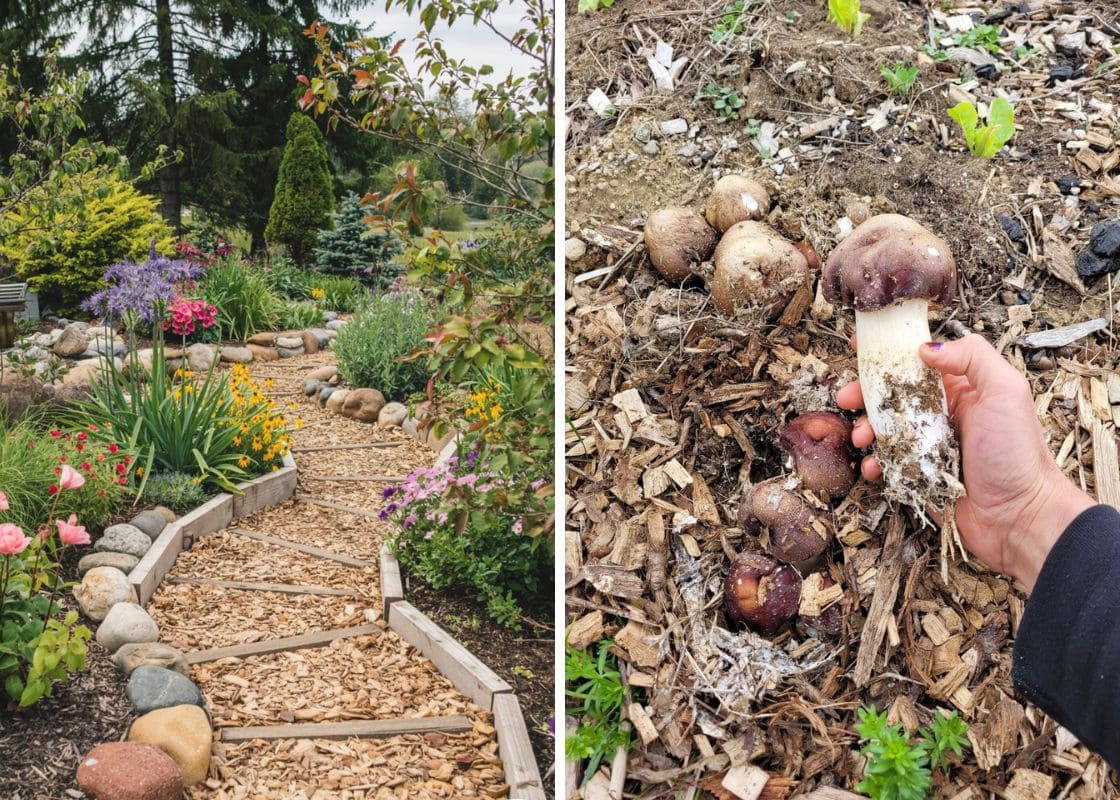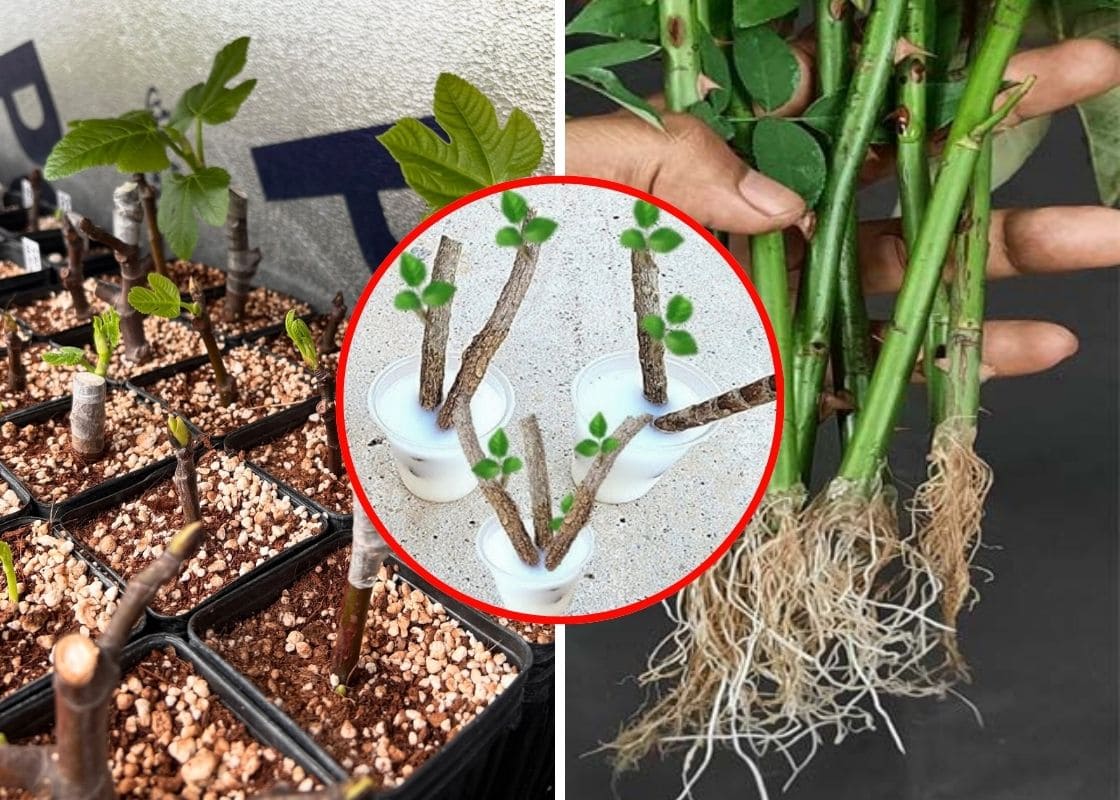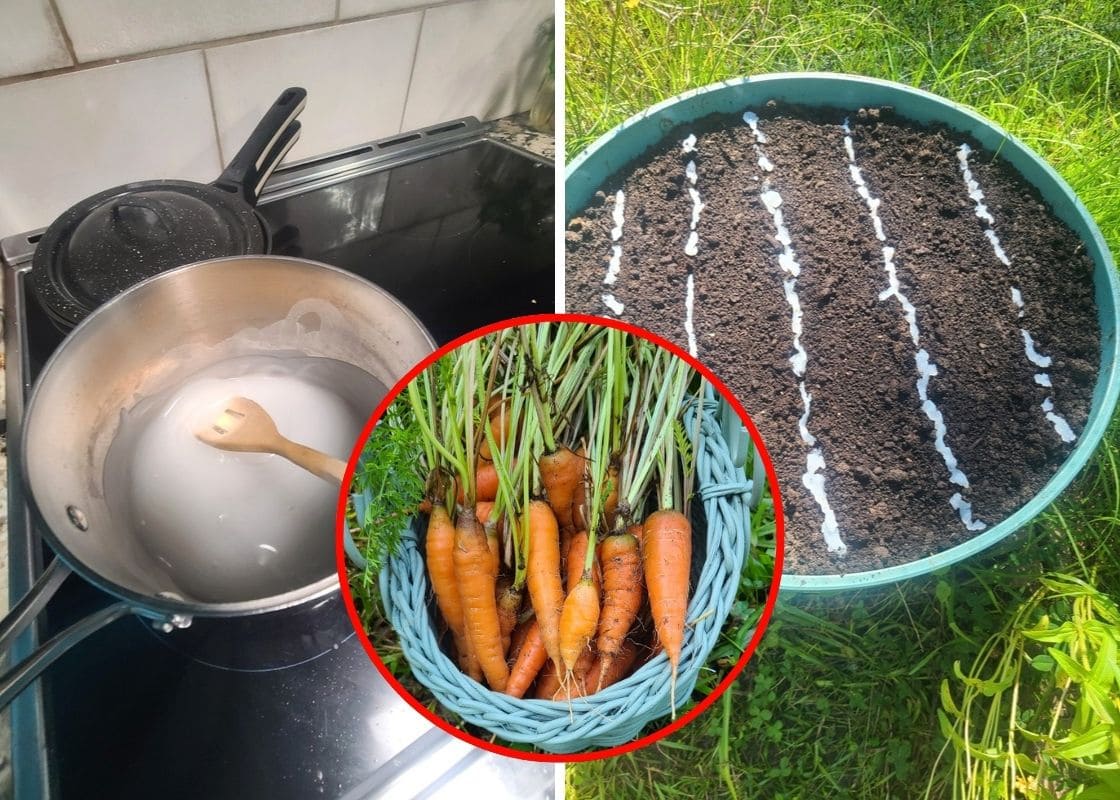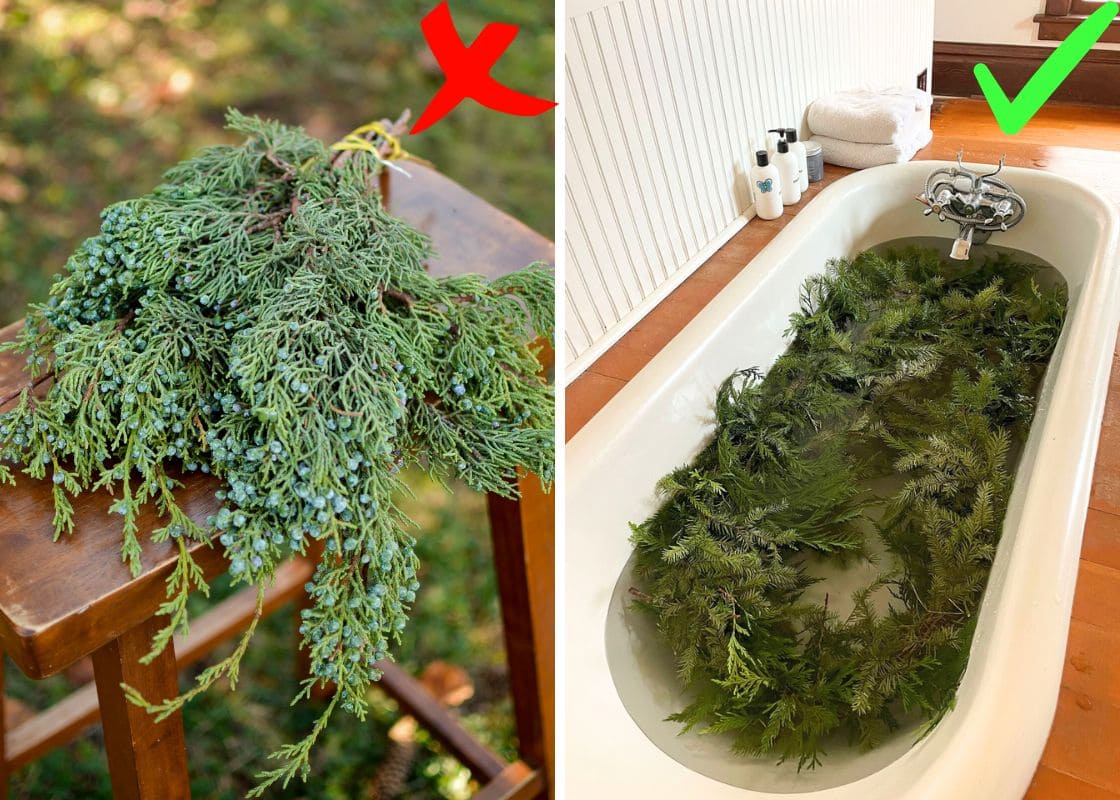If you’re throwing away your potato peels, you’re missing out on one of nature’s best free fertilizers! I used to toss them in the trash until I realized they’re packed with nutrients that plants love.
Over the years, I’ve experimented with different ways to use these peels, and I can confidently say they work wonders in the garden.
Whether you’re growing vegetables, flowers, or houseplants, potato peels can boost soil health, encourage growth, and even protect plants from pests.
Why Are Potato Peels So Good for the Garden?
Potato peels are not just waste, they’re loaded with nutrients that plants need to grow strong and healthy. As they break down, they enrich the soil naturally, providing essential elements like:
- Potassium (K): Encourages flower and fruit development, strengthens roots, and improves disease resistance.
- Phosphorus (P): Helps plants develop strong root systems, making it especially beneficial for root vegetables and flowering plants.
- Magnesium (Mg): Essential for photosynthesis and overall plant health.
- Calcium (Ca): Prevents issues like blossom-end rot in tomatoes and peppers.
- Nitrogen (N): Supports lush, green foliage, making it great for leafy greens and herbs.
How to Use Potato Peels as Fertilizer
1. Potato Peel Tea: The Quick-Release Liquid Fertilizer
If your plants need a quick nutrient boost, potato peel tea is the way to go. This method extracts nutrients into water, creating a liquid fertilizer that plants absorb easily.
How to Make It:
- Collect a handful of potato peels and chop them into smaller pieces to help release nutrients faster.
- Boil the peels in 1 liter of water for about 10–15 minutes.
- Let the mixture cool completely, then strain out the peels.
- Use the nutrient-rich water to water your plants, especially those that need an extra boost.
I’ve used this method for houseplants, vegetables, and even fruit trees, and it works like magic! You’ll notice greener leaves and stronger growth in just a few weeks.
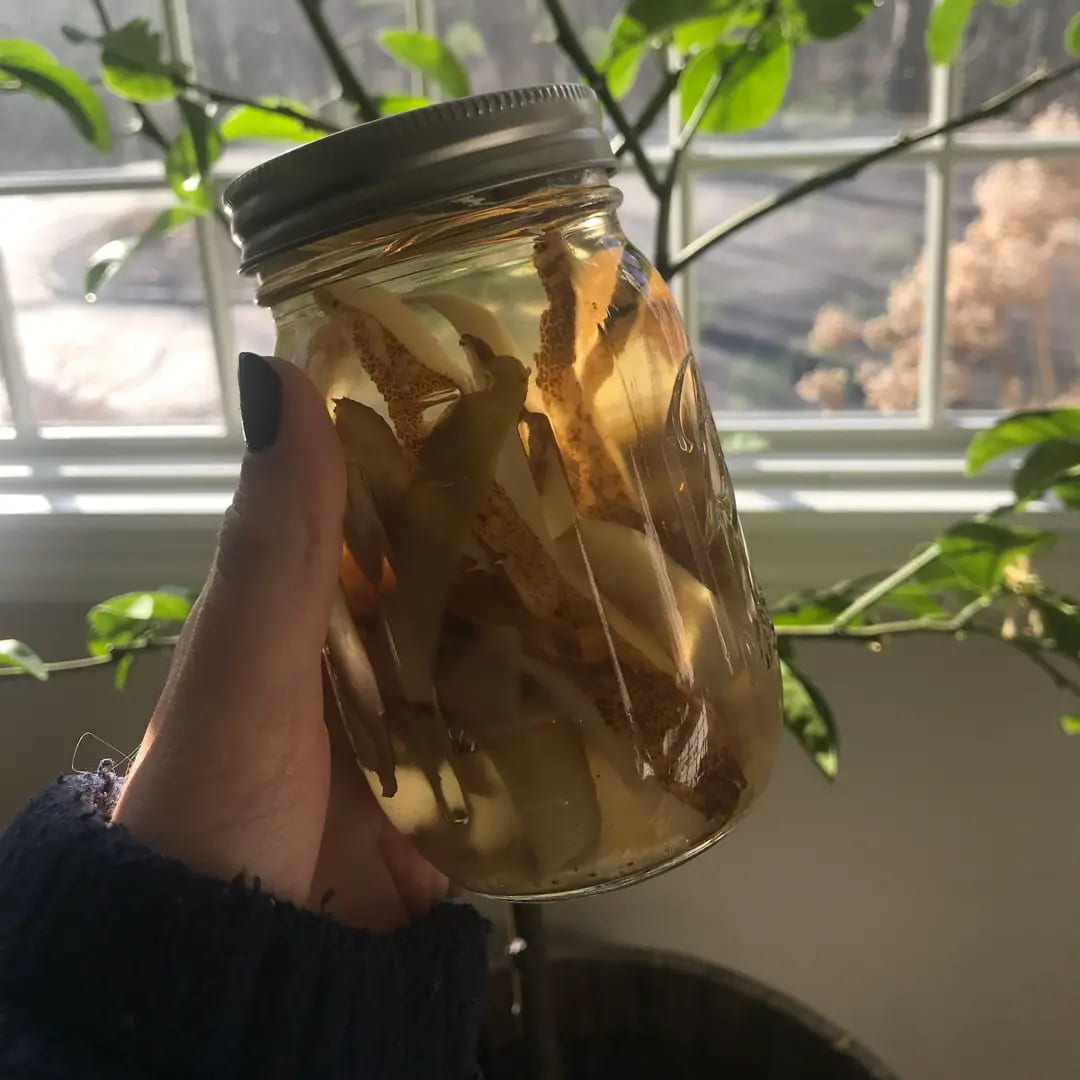
2. Direct Composting: The Easiest Method
If you prefer a lazy, no-fuss approach, simply bury the potato peels directly in the soil. As they decompose, they release nutrients slowly, improving the soil over time.
How to Do It:
- Dig small holes around your plants or in garden beds.
- Toss in the peels, making sure to bury them at least 4–6 inches deep to prevent pests.
- Cover with soil and let nature do the work!
I use this method in my raised beds and around fruit trees, and over time, it has noticeably improved the soil’s texture and fertility.
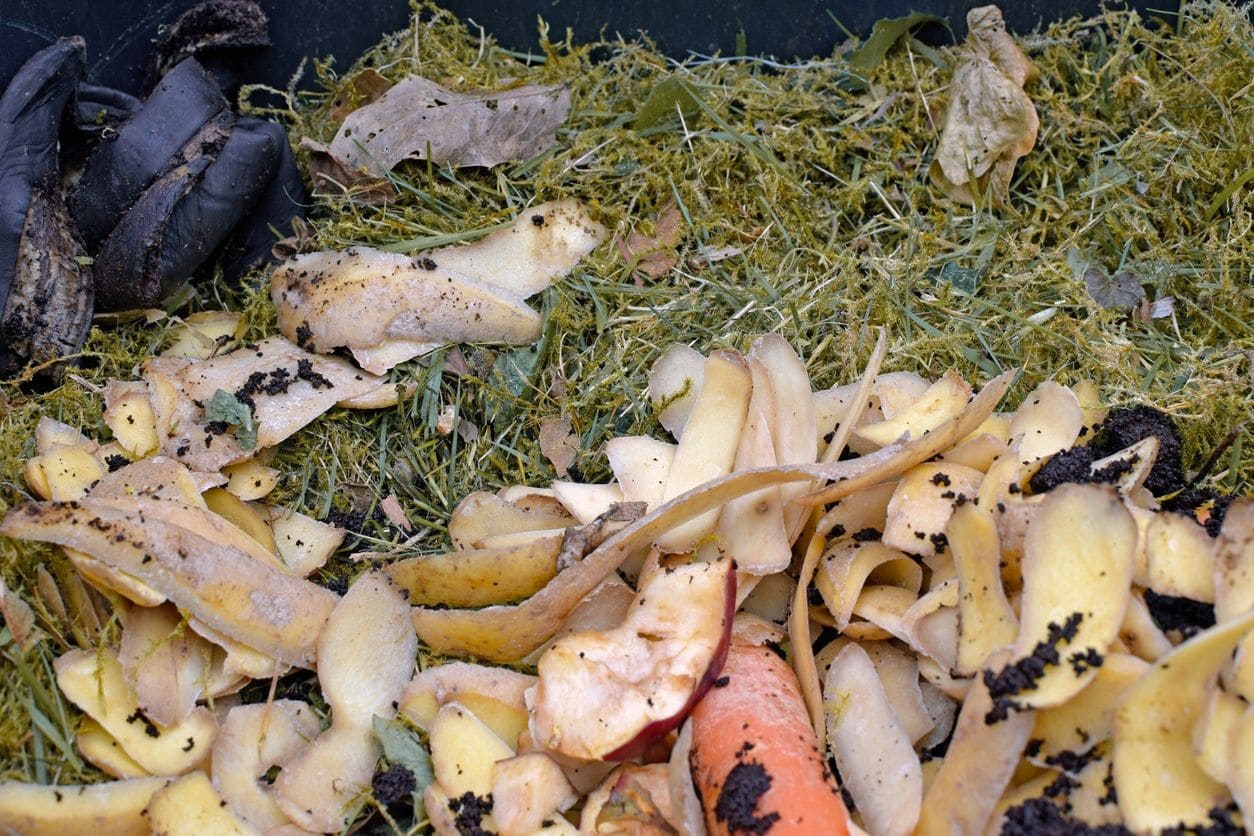
3. Potato Peel Compost: Supercharge Your Compost Pile
If you compost kitchen scraps, potato peels are a fantastic addition. They break down quickly and provide a great balance of nutrients.
Best Way to Add Them to Compost:
- Mix with dry materials like leaves, shredded paper, or sawdust to keep the compost balanced.
- Turn your compost regularly to help the peels decompose faster.
- Avoid adding too many peels at once, as they can attract pests if left exposed.
4. Fermented Potato Peel Fertilizer: A Powerful Soil Booster
For even better results, I like to ferment potato peels before using them as fertilizer. Fermentation breaks down nutrients, making them easier for plants to absorb.
How to Ferment Potato Peels:
- Fill a jar with potato peels and add enough water to cover them completely.
- Let it sit for 5–7 days, stirring occasionally. The mixture will start to bubble, showing that it’s fermenting.
- Strain the liquid and dilute it with one part fertilizer to five parts water.
- Water your plants with the solution to promote strong root and leaf development.
This method supercharges plant growth and can even help revive weak or struggling plants.
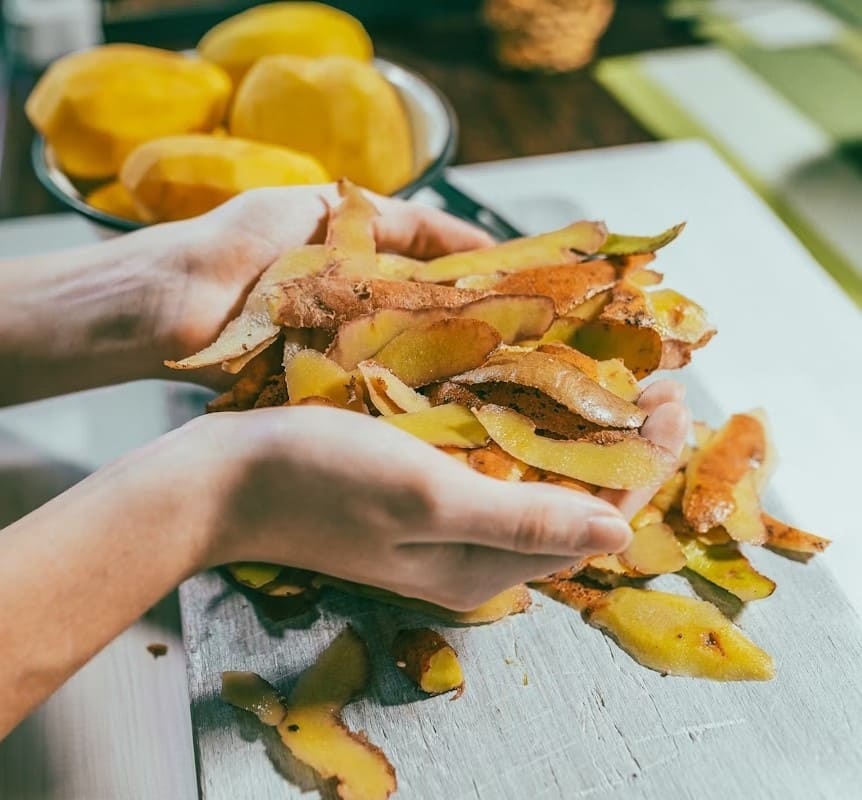
Which Plants Benefit Most from Potato Peel Fertilizer?
Not all plants have the same nutrient needs, but many thrive when given potato peels as a natural fertilizer.
Based on my experience, these plants responding especially well are tomatoes and peppers, root vegetables, leafy greens, flowering plants, fruit trees, herbs.
Avoid using potato peels near potatoes themselves, as leftover pathogens could lead to disease.
Also, peels may not be as beneficial for acid-loving plants like blueberries and azaleas, which prefer soil conditions that don’t match potato peels’ decomposition process.
Extra Benefits of Using Potato Peels in the Garden
1. They Improve Soil Microbiology
Since potato peels decompose quickly, they feed earthworms and beneficial bacteria in the soil. This helps create a healthier environment for plants, leading to better growth and stronger disease resistance.
2. They Retain Moisture in the Soil
When added to garden beds, decomposing peels help the soil retain moisture, which is great for dry climates. I’ve noticed that areas where I bury potato peels stay moist longer, even during hot summer days.
3. They Repel Certain Pests
Interestingly, potato peels can deter some harmful insects. Their natural compounds can repel certain soil pests like root-knot nematodes, which attack vegetables like carrots and tomatoes.
